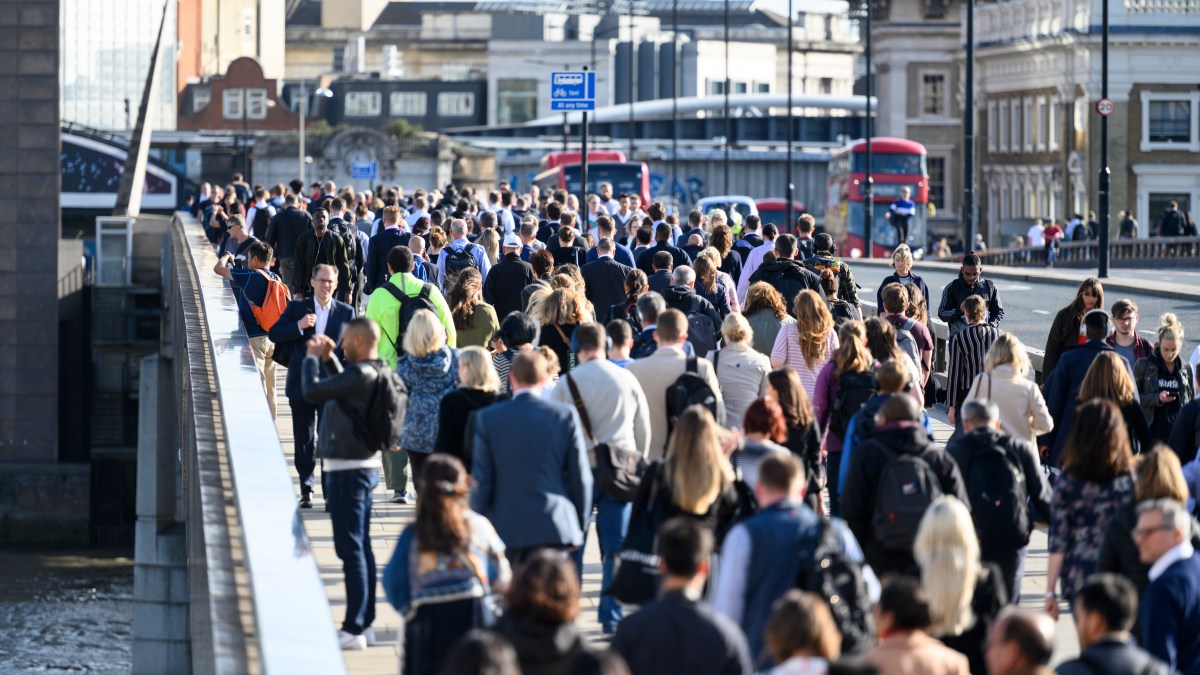A key measure of jobs growth shrank in August, and the pace of wage growth slowed, according to official figures showing more evidence of a gradually cooling labour market.
The Office for National Statistics said monthly payrolls across the economy fell by 8,000 in August to 30.3 million, and figures for July were revised lower from a fall of 6,000 after an initial estimate of 8,000. Over the year, payrolls have contracted by 127,000.
The figures point to a softening in the labour market and mirror a host of private sector surveys which have shown falling demand for workers in recent months. The ONS said the unemployment rate held steady at 4.7 per cent in the three months to July, as widely expected.
• Inflation means we can’t afford bigger pay rises, say bosses
A measure of growth of average weekly earnings, excluding bonuses, slowed from 5 per cent to 4.8 per cent in the three months to July. When including bonuses, weekly wages accelerated by 4.7 per cent. Wages are closely watched by economists and the Bank of England as an important indicator of inflation.
The state pension now looks set to rise 4.7 per cent in April under the so-called “triple lock” system — with September’s inflation figure expected to be substantially lower than today’s average earnings figure. Under the system, the state pension increases by whichever of three measures is the highest: CPI inflation in the September before the rise; average wage growth, including bonuses, measured from May to July of the previous year, or a minimum of 2.5 per cent.
The Bank is widely expected to keep interest rates on hold at 4 per cent this week and could do so for the rest of the year, according to market pricing. A majority of voters on the nine-strong Monetary Policy Committee have said they are more worried about managing rising inflation than the slowdown in the jobs market.
Official inflation figures released on Wednesday are likely to show price growth at about 3.8 per cent to 3.9 per cent in August, almost double the Bank’s 2 per cent target.
Interest rate cuts help bring down the cost of borrowing, stimulating employment, but also risk pushing up inflation by increasing demand in the economy. The Bank cut interest rates to 4 per cent in August, its fifth monetary loosening in the past year.
• UK economy shows zero growth in July
In a further sign of a slowing jobs market, the ONS said overall vacancies fell by 10,000 to 728,000 in the three months to August. Job openings have been falling for 38 consecutive months.
Liz McKeown, director of economic statistics at the ONS, said: “The labour market continues to cool, with the number of people on payroll falling again, while firms also told us there were fewer jobs in the latest period.”

